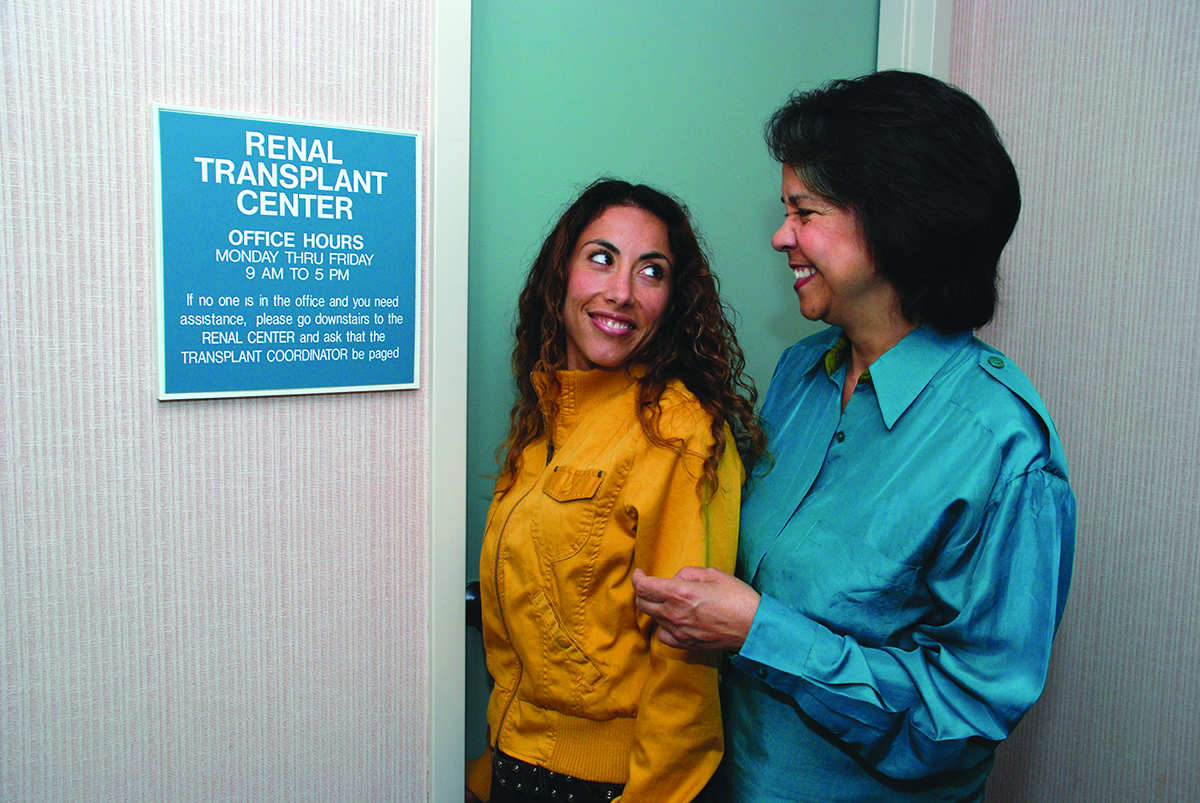In 1954 a medical team performed the first successful living donor kidney transplant.
After sixty-five years, while outcomes for patients have greatly improved, one major issue remains unresolved: the kidney donor shortage.
Today, there are 25 million Americans with chronic kidney disease who are at risk for kidney failure or End-Stage Renal Disease (ESRD). To sustain life, the 670,000 patients who currently live with ESRD in the United States need to be on lifelong dialysis or receive a transplant from a deceased or living donor.
Important facts:
- In the United States, more than 100,000 patients are on the waiting list to receive a kidney.
- Dialysis is a life-saving treatment, but can be hard on patients. Learn more about life on dialysis.
- Only 5,000 people donated last year through deceased donation—this is not enough to meet the need.

Outcomes for kidney patients have improved greatly in the years since 1954, when the first successful living kidney donor transplant was performed.
